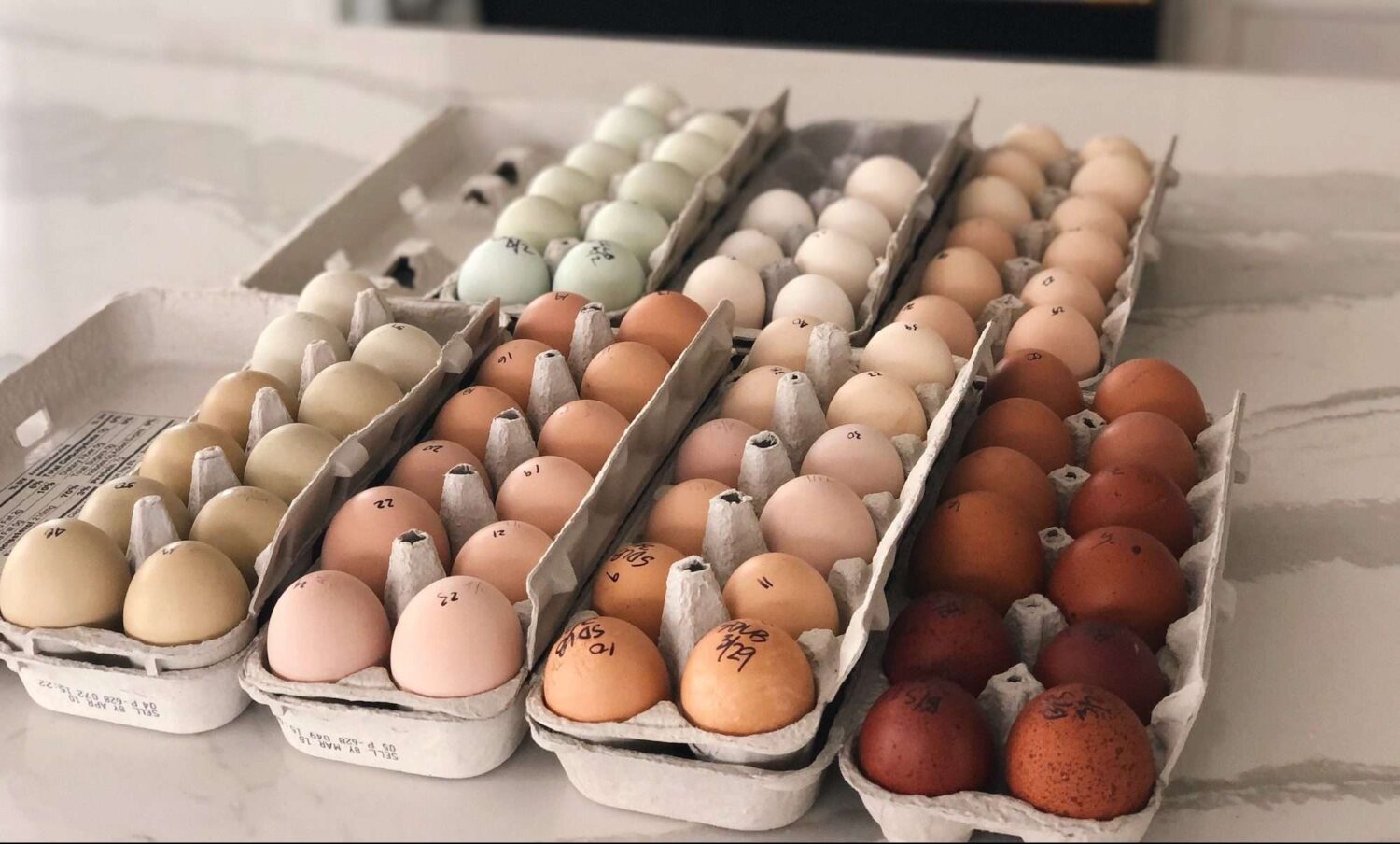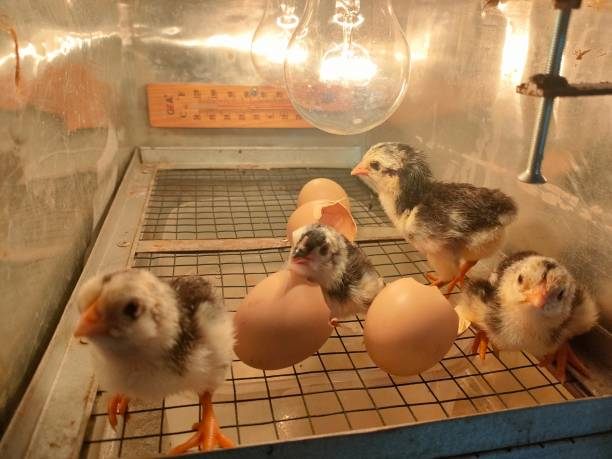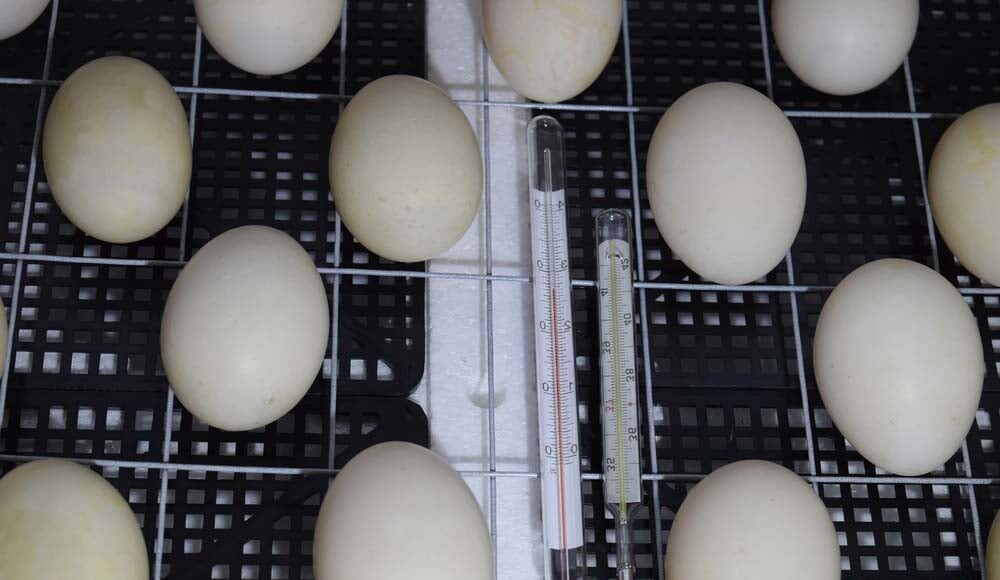For those who are passionate about raising chickens, the joy of watching chicks hatch is unparalleled. However, not all eggs make it to the point where they begin to pip, which can be disappointing and puzzling for many. In this article, we will explore why some chicks don’t pip and how you can increase the odds of a successful hatch.

What is Pipping?
Pipping is the process where a chick breaks through the shell of the egg, marking the beginning of its emergence into the world. It’s a critical stage in the incubation process and indicates that the chick is ready to hatch. Understanding why some chicks don’t pip is essential for anyone involved in poultry care.
Factors Affecting Pipping
1. Egg Quality
One of the primary reasons why some chicks don’t pip is the quality of the egg itself. Eggs must be fertilized and healthy for successful incubation. Weak or damaged eggs are less likely to result in a successful hatch. Learn more about handling eggs properly in our article on egg transportation.
2. Incubation Conditions
Maintaining the right humidity and temperature is crucial for incubation. Deviations can cause developmental problems that lead to chicks failing to pip. Our guide on incubator humidity provides valuable insights.
3. Genetic Factors
Genetics also play a role in why some chicks don’t pip. Some genetic lines may have inherent weaknesses, making it harder for chicks to develop properly.
Improving Hatch Rates
4. Proper Egg Storage
Storing eggs correctly before incubation is essential. Improper storage can damage the embryo, leading to failed pipping. For more details, check our egg storage guide.
5. Careful Monitoring
Regularly monitoring the conditions inside the incubator can help prevent issues that cause chicks not to pip. Small adjustments in temperature and humidity can make a significant difference.
Common Problems and Solutions
6. Humidity Issues
Low humidity can cause the membrane inside the egg to dry out, making it difficult for the chick to pip. Ensuring proper humidity levels is crucial for chick survival.
7. Temperature Fluctuations
Incubators must maintain a stable temperature. Fluctuations can hinder embryonic development, leading to failed pips. Our article on egg incubation provides further guidance.
Understanding Chick Development
8. Embryonic Development Stages
Knowing the stages of chick development can help identify potential problems. Monitoring progress with techniques such as candling can provide insights into the health of the embryos. For more on this, see our article on egg candling.
9. Importance of Ventilation
Proper ventilation within the incubator ensures that the developing chicks receive enough oxygen. Poor ventilation can result in weak chicks that struggle to pip.
Conclusion
Understanding why some chicks don’t pip involves recognizing the delicate balance required during incubation. By focusing on egg quality, maintaining optimal incubation conditions, and monitoring chick development, you can improve the chances of a successful hatch. For more detailed information on incubation best practices, visit this [external resource](https://www.thepoultrysite.com/articles/care-and-incubation-of-hatching-eggs) (nofollow).

FAQ
1. What is the ideal temperature for hatching eggs?
The ideal temperature for incubating chicken eggs is approximately 99.5 degrees Fahrenheit. Maintaining this temperature is crucial for proper embryonic development.
2. How can I tell if an egg is fertilized?
Fertilized eggs can often be identified through candling, a process where a light is used to observe the embryo inside. More details can be found in our candling guide.
3. What should I do if my chicks don’t pip?
If chicks don’t pip, it may be due to various factors like improper incubation conditions or genetic issues. Reviewing and adjusting these factors can help improve future hatches.
This article contains affiliate links. We may earn a commission at no extra cost to you.











